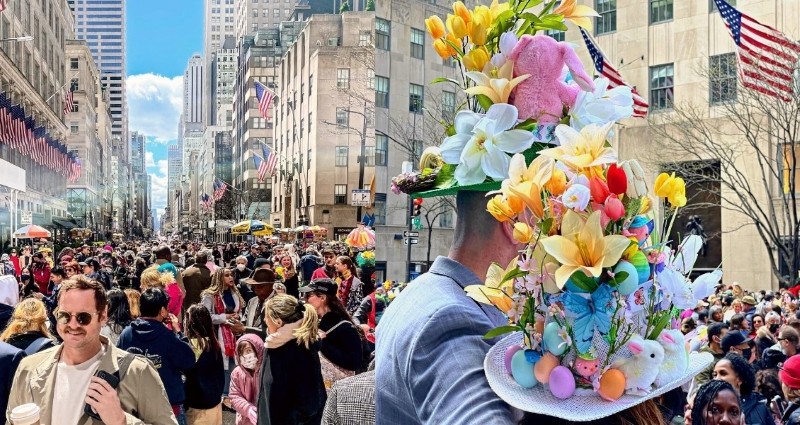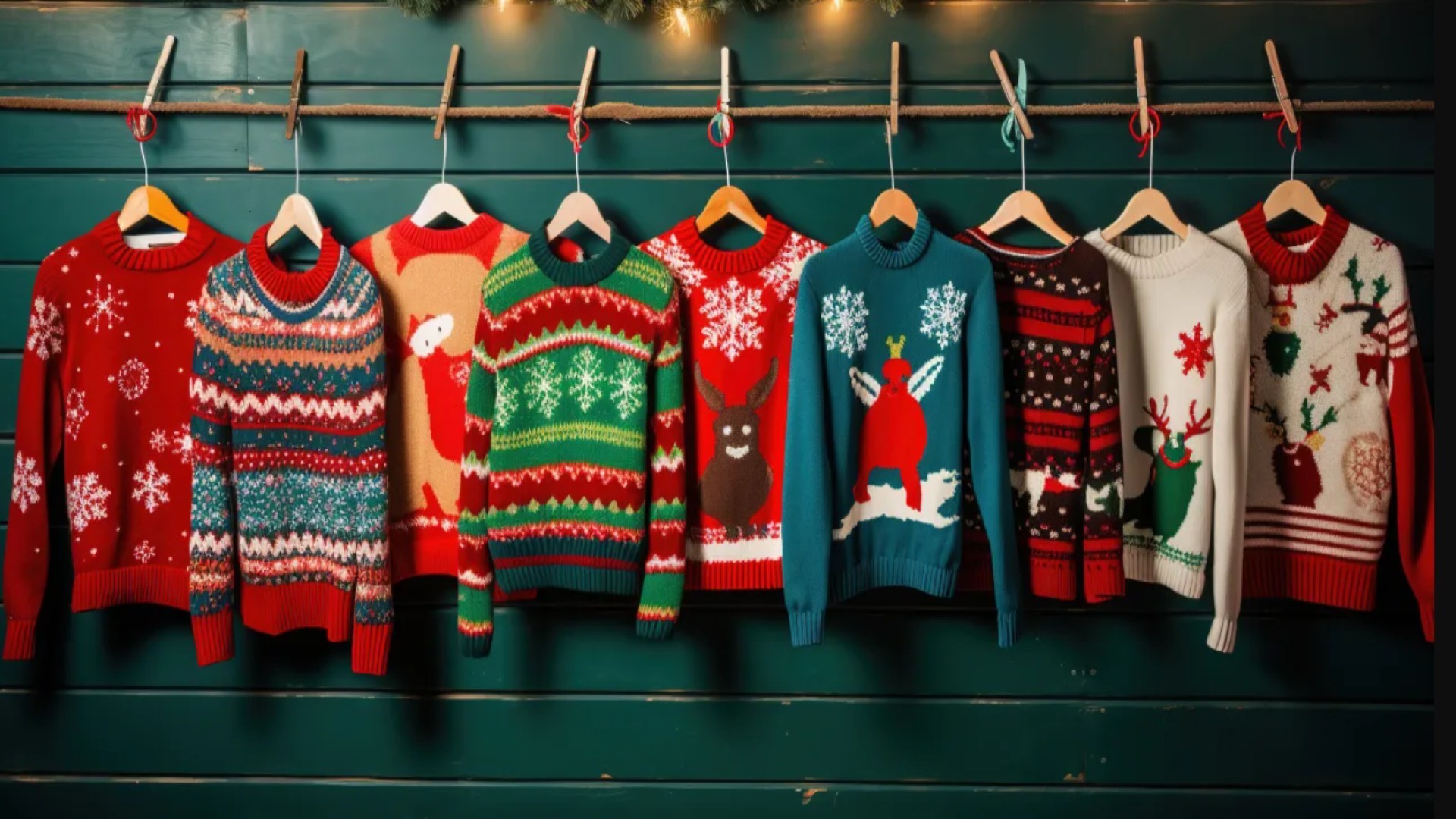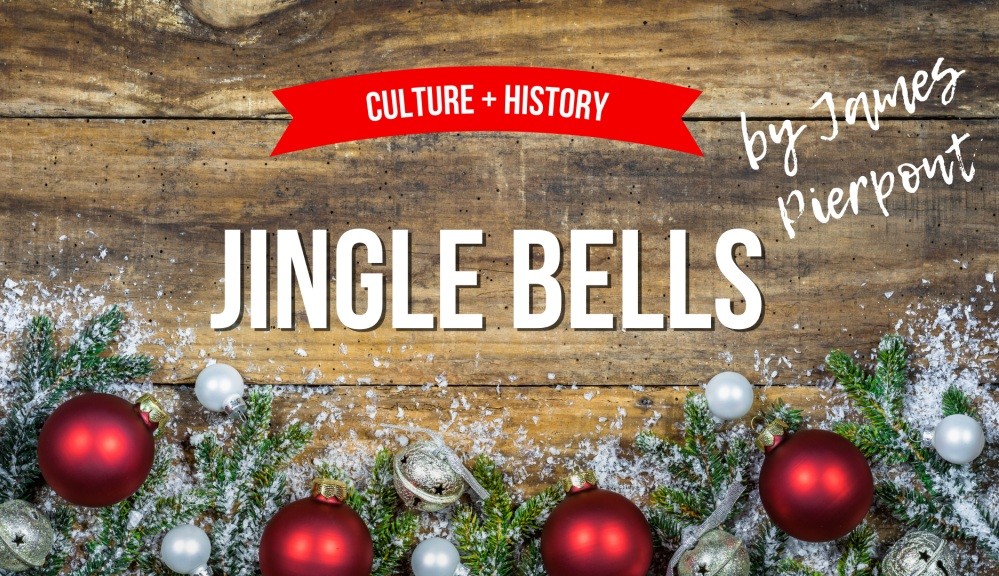Easter Day: History, Significance, Celebrations and Facts
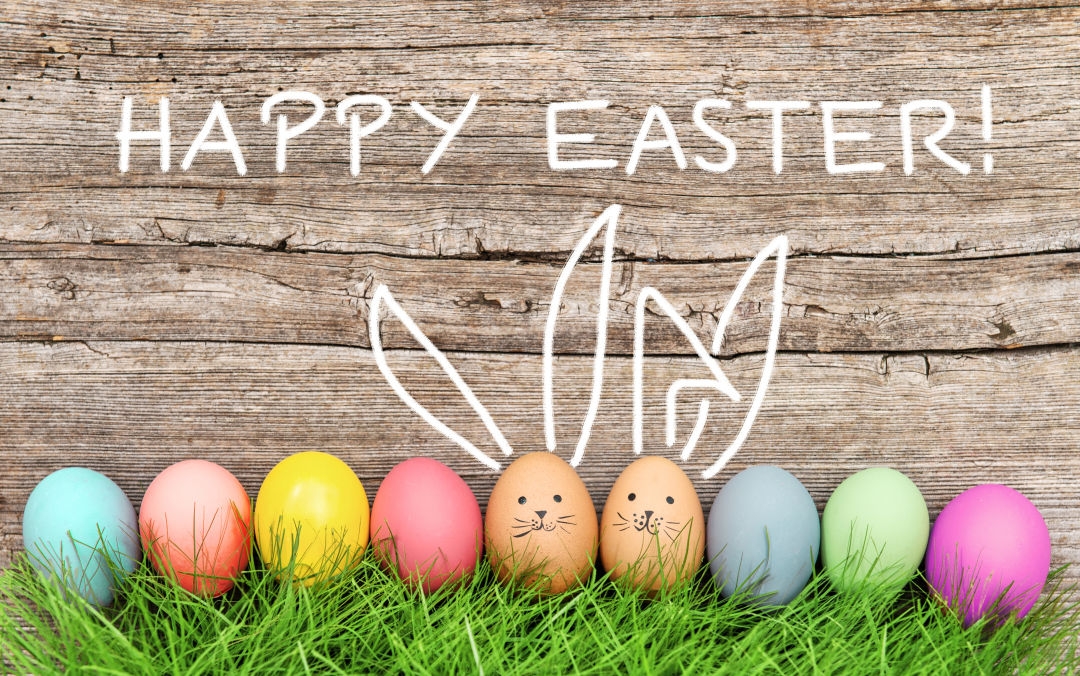 |
| Easter. Photo: Sarasota magazine |
What is Easter Day
Easter is a Christian holiday that celebrates the belief in the resurrection of Jesus Christ. In the New Testament of the Bible, the event is said to have occurred three days after Jesus was crucified by the Romans and died in roughly 30 A.D. The holiday concludes the “Passion of Christ,” a series of events and holidays that begins with Lent—a 40-day period of fasting, prayer and sacrifice—and ends with Holy Week, which includes Holy Thursday (the celebration of Jesus’ Last Supper with his 12 Apostles, also known as “Maundy Thursday”), Good Friday (on which Jesus’ crucifixion is observed) and Easter Sunday. Although a holiday of high religious significance in the Christian faith, many traditions associated with Easter date back to pre-Christian, pagan times.
History Of Easter
Easter, the principal festival of the Christian church year, celebrates the Resurrection of Jesus Christ on the third day after His Crucifixion. The origins of Easter date to the beginnings of Christianity, and it is probably the oldest Christian observance after the Sabbath (observed on Saturday). Later, the Sabbath subsequently came to be regarded as the weekly celebration of the Resurrection.
Meanwhile, many of the cultural historians find, in the celebration of Easter, a convergence of the three traditions - Pagan, Hebrew, and Christian.
According to St. Bede, an English historian of the early 8th century, Easter owes its origin to the old Teutonic mythology. It was derived from the name Eostre, the Anglo-Saxon goddess of spring, to whom the month of April was dedicated. The festival of Eostre was celebrated at the vernal equinox when the day and night get an equal share of the day.
The English name "Easter" is much newer. When the early English Christians wanted others to accept Christianity, they decided to use the name Easter for this holiday so that it would match the name of the old spring celebration. This made it more comfortable for other people to accept Christianity.
But it is pointed out by some that the Easter festival, as celebrated today, is related to the Hebrew tradition, the Jewish Passover. This is being celebrated during Nisan, the first month of the Hebrew lunar year. The Jewish Passover under Moses commemorates Israel's deliverance from about 300 years of bondage in Egypt.
It was during this Passover in 30 AD Christ was crucified under the order of the Roman governor Pontius Pilate as the then Jewish high priests accused Jesus of "blasphemy". The resurrection came three days later, on Easter Sunday. The early Christians, many of them being brought up in Jewish tradition regarded Easter as a new feature of the Pascha (Passover). It was observed in memory of the advent of the Messiah, as foretold by the prophets. And it is equanimous with the proclamation of the resurrection. Thus the early Christian Passover turned out to be a unitive celebration in memory of the passion-death-resurrection of Jesus. However, by the 4th century, Good Friday came to be observed as a separate occasion. And the Pascha Sunday had been devoted exclusively to the honor of the glorious resurrection.
Throughout Christendom, the Sunday of Pascha had become a holiday to honor Christ. At the same time, many of the pagan spring rites came to be a part of its celebration. Maybe it was the increasing number of new converts who could not totally break free of the influence of the pagan culture of their forefathers.
But despite all the influence, there was an important shift in the spirit. No more glorification of the physical return of the Sun God. Instead, the emphasis was shifted to the Sun of Righteousness who had won banishing the horrors of death forever.
The Feast of Easter was well established by the second century. But there had been dispute over the exact date of the Easter observance between the Eastern and Western Churches. The East wanted to have it on a weekday because early Christians observed Passover every year on the 14th of Nisan, the month based on the lunar calendar. But, the West wanted that Easter should always be a Sunday regardless of the date.
To solve this problem the emperor Constantine called the Council of Nicaea in 325. The question of the date of Easter was one of its main concerns. The council decided that Easter should fall on Sunday following the first full moon after the vernal equinox. But fixing up the date of the Equinox was still a problem. The Alexandrians noted for their rich knowledge in astronomical calculations were given the task. And March 21 was made out to be the perfect date for the spring equinox.
The dating of Easter today follows the same. Accordingly, churches in the West observe it on the first day of the full moon that occurs on or following the Spring equinox on March 21., it became a movable feast between March 21 and April 25.
Still some churches in the East observe Easter according to the date of the Passover festival.
The preparation takes off as early as on Ash Wednesday from which the period of penitence in Lent begins. The Lent and the Holy weekend on Easter Sunday, the day of resurrection, The Holiday Spot wrote.
When Is Easter 2021?
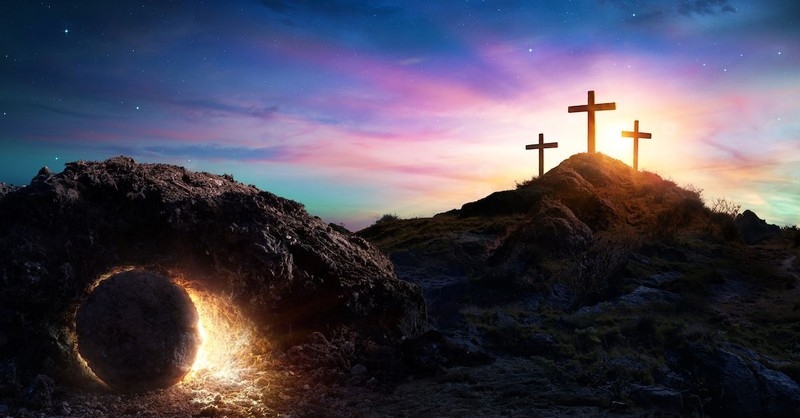 |
| Photo: crosswalk |
Easter 2021 occurs on Sunday, April 4. However, Easter falls on a different date each year.
Easter Sunday and related celebrations, such as Ash Wednesday and Palm Sunday, are considered “moveable feasts,” although, in western Christianity, which follows the Gregorian calendar, Easter always falls on a Sunday between March 22 and April 25. Easter typically falls on the first Sunday after the first full moon occurring on or after the spring equinox.
In Eastern Orthodox Christianity, which adheres to the Julian calendar, Easter falls on a Sunday between April 4 and May 8 each year.
In some denominations of Protestant Christianity, Easter Sunday marks the beginning of Eastertide or the Easter Season. Eastertide ends on the 50th day after Easter, which is known as Pentecost Sunday.
In Eastern Orthodox branches of Christianity, Easter Sunday serves as the start of the season of Pascha (Greek for “Easter”), which ends 40 days later with the holiday known as the Feast of the Ascension, History cited.
- April 12, 2020
- April 4, 2021
- April 17, 2022
- April 9, 2023
- March 31, 2024
- April 20, 2025
Traditions
Below is a list of many traditions about Easter and how they originated.
- The Easter egg hunt is a tradition that originated with pagan spring festivals that celebrated fertility. Like many pagan traditions, religions intertwined the practice. Easter egg hunts feature eggs hidden by the mythical Easter bunny, which may contain candy or other prizes. Hard-boiled eggs are also be used. The children will go looking for eggs to put in their Easter egg basket. On the day before Easter, many families decorate hard-boiled eggs with paint to use for the hunt. Eggs are also part of the tradition because of the ban on eggs during lent in Medieval Europe, meaning they were often included in the Sunday feast.
- Churches are often decorated with flowers. A significant theme for Easter is rebirth, which flowers can emulate and symbolize. Traditional Easter flowers include Easter Lilies, which are believed to have grown in the Garden of Gethsemane, the site of Jesus’s arrest. Other Easter flowers include pussy willows, daffodils, narcissuses, and red tulips, which symbolize Jesus’s shed blood.
- Including the candy hidden inside of Easter eggs, many children are given a basket of goodies at the day’s beginning. A common gift is a chocolate bunny.
Countries all over the world celebrate the holiday differently. Italy holds reenactments of the Easter story held in the public squares. Cyprus holds bonfires in the yards of schools and churches. In Germany, eggs are set in trees, called Easter egg trees, similar to the Christmas tree.
The Czech Republic and Slovakia have several unique Easter traditions. One features the males of a family spanking females with a homemade whip decorated with ribbons. The spanking is lighthearted and is believed to bring health over the next year. The men may also dump cold water on them in some areas. It is also a day for men to pay visits to objects of their affection.
In the United Kingdom, observers participate by rolling eggs downhill and in some areas by performing the Pace Egg play, a traditional local event. A big part of Jamaican celebration is to eat a spiced bun that may contain raises with cheese. In Scandinavian countries like Norway, celebrators ski and relax at cabins in the mountains. Some areas may feature children in costumes going door to door for candy or flowers. Many Nordic countries include salmon or another type of fish with the feast.
In Australia, the Easter Bilby delivers eggs rather than the Easter Bunny, as bunnies are viewed as agricultural pests. The city of Haux, France, makes an omelet big enough to feed 1000. The dish often has about a 10-inch diameter. On the island of Corfu in Greece, residents toss pots of water out of windows, following the Venetian tradition of breaking pots in celebration. They also bake cakes in the shape of doves, called kolompines. Guyana flies homemade kites, a tradition often participated in by citizens of all religions.
Pagan Origins
In pagan celebrations, Easter was typically a celebration of fertility, and many cultures associated the celebration with the Germanic goddess of fertility, Eostre, which is where the holiday’s name came from. Some cultures called the holiday Ishtar, which celebrates the resurrection of the Tammuz, another pagan god.
The Easter Bunny is also a result of folkloric tradition. Their association with the holiday comes from their ability to procreate, making them symbols of fertility. German settlers brought the Easter Bunny tradition to America in the 1700s, according to Wilstar.
Why Is Easter Called ‘Easter’?St. Bede the Venerable, the 6-century author of Historia ecclesiastica gentis Anglorum (“Ecclesiastical History of the English People”), maintains that the English word "Easter" comes from Eostre, or Eostrae, the Anglo-Saxon goddess of spring and fertility. Other historians maintain the “Easter” derives from in albis, a Latin phrase that's pural for alba, or “dawn," that became eostarum in Old High German, a precursor to the English language of today. Despite its significance as a Christian holy day, many of the traditions and symbols that play a key role in Easter observances actually have roots in pagan celebrations—particularly the pagan goddess Eostre—and in the Jewish holiday of Passover. |
Connection to Passover
The day before his crucifixion, Jesus observed Passover with his disciples. This event is known as the Last Supper. Passover is the time that Jews remembered their freedom and exodus from Egypt. During this Passover feast, Jesus told his disciples that the bread symbolizes his body that would be broken and the wine, his blood, which would be poured out for the forgiveness of sins. (Matthew 26:17-30) The Last Supper is remembered today in churches and religious services through the act of taking Communion and sharing bread and wine to remember the sacrifice of Jesus.
Jesus was arrested after the Passover meal while he was praying in the Garden of Gethsemane. He was then taken before the Roman Governor, Pontius Pilate, for trial.
Easter Symbols
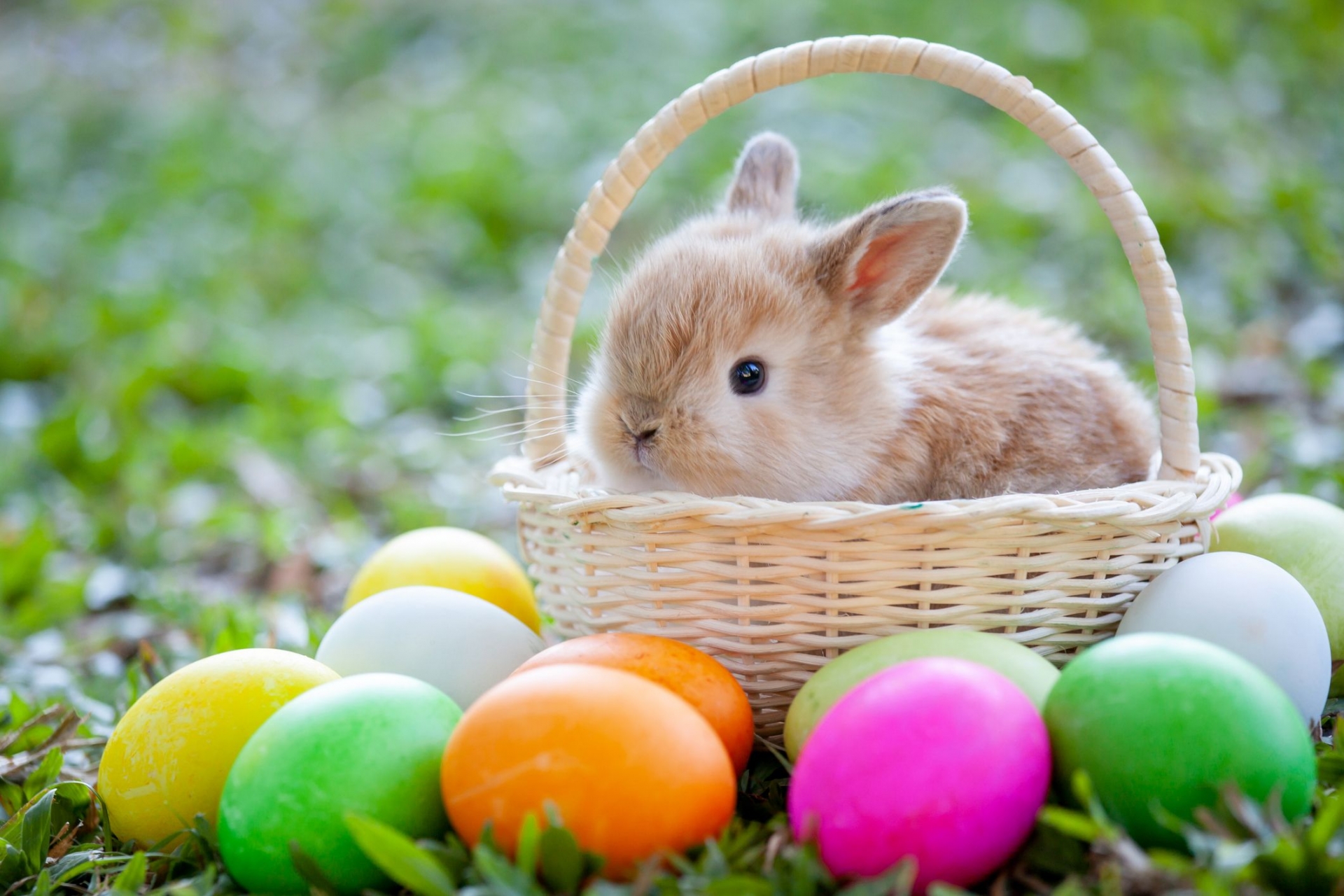 |
| Photo: countryliving |
Easter bunny
What is the first thing that comes to mind when you think of Easter? As a Christian, the first image might be the cross or the empty tomb. For the general public, a blitz of media images and merchandise on store shelves makes it more likely that the Easter Bunny comes to mind. So how did a rabbit distributing eggs become a part of Easter?
There are several reasons for the rabbit, or hare, to be associated with Easter, all of which come through pagan celebrations or beliefs. The most obvious is the hare’s fertility. Easter comes during spring and celebrates new life. The Christian meaning of new life through Christ and a general emphasis on new life are different, but the two gradually merged. Any animals – like the hare – that produced many offspring were easy to include.
The hare is also an ancient symbol for the moon. The date of Easter depends on the moon. This may have helped the hare to be absorbed into Easter celebrations.
The hare or rabbit’s burrow helped the animal’s adoption as part of Easter celebrations. Believers saw the rabbit coming out of its underground home as a symbol for Jesus coming out of the tomb. Perhaps this was another case of taking a pre-existing symbol and giving it a Christian meaning.
The Easter hare came to America with German immigrants, and the hare’s role passed to the common American rabbit. Originally children made nests for the rabbit in hats, bonnets, or fancy paper boxes, rather than the baskets of today. Once the children finished their nests, they put them in a secluded spot to keep from frightening the shy rabbit. The appealing nests full of colored eggs probably helped the customs to spread.
Back in Southern Germany, the first pastry and candy Easter bunnies became popular at the beginning of the nineteenth century. This custom also crossed the Atlantic, and children still eat candy rabbits – particularly chocolate ones – at Easter, Crosswalk noted.
Easter Eggs
From colored eggs to chocolate eggs to egg hunts, nothing says "Easter" like the incredible edible. Yet our modern take on collecting, dyeing, and decorating eggs comes from a tradition dating back thousands of years, long before the time of Jesus Christ.
Many ancient cultures, including the Greeks and Egyptians, saw eggs as a sign of fertility and new life; they used eggs in religious rituals and hung them in pagan temples for mystical purposes, says Martha Zimmerman in her book, Celebrating the Christian Year.
Later, as Christian missionaries observed community members hunting for eggs in spring, they began using the food as a tool to describe Christ's new birth in the resurrection. "They would dye the eggs based on what colors meant to the church: yellow for resurrection, blue for love, red for the blood of Christ. Or, they would paint various scenes from the Bible on eggs and hide them; the child who found the egg would come back and tell the story painted on that egg," says Collins according to Goodhousekeeping.
Food
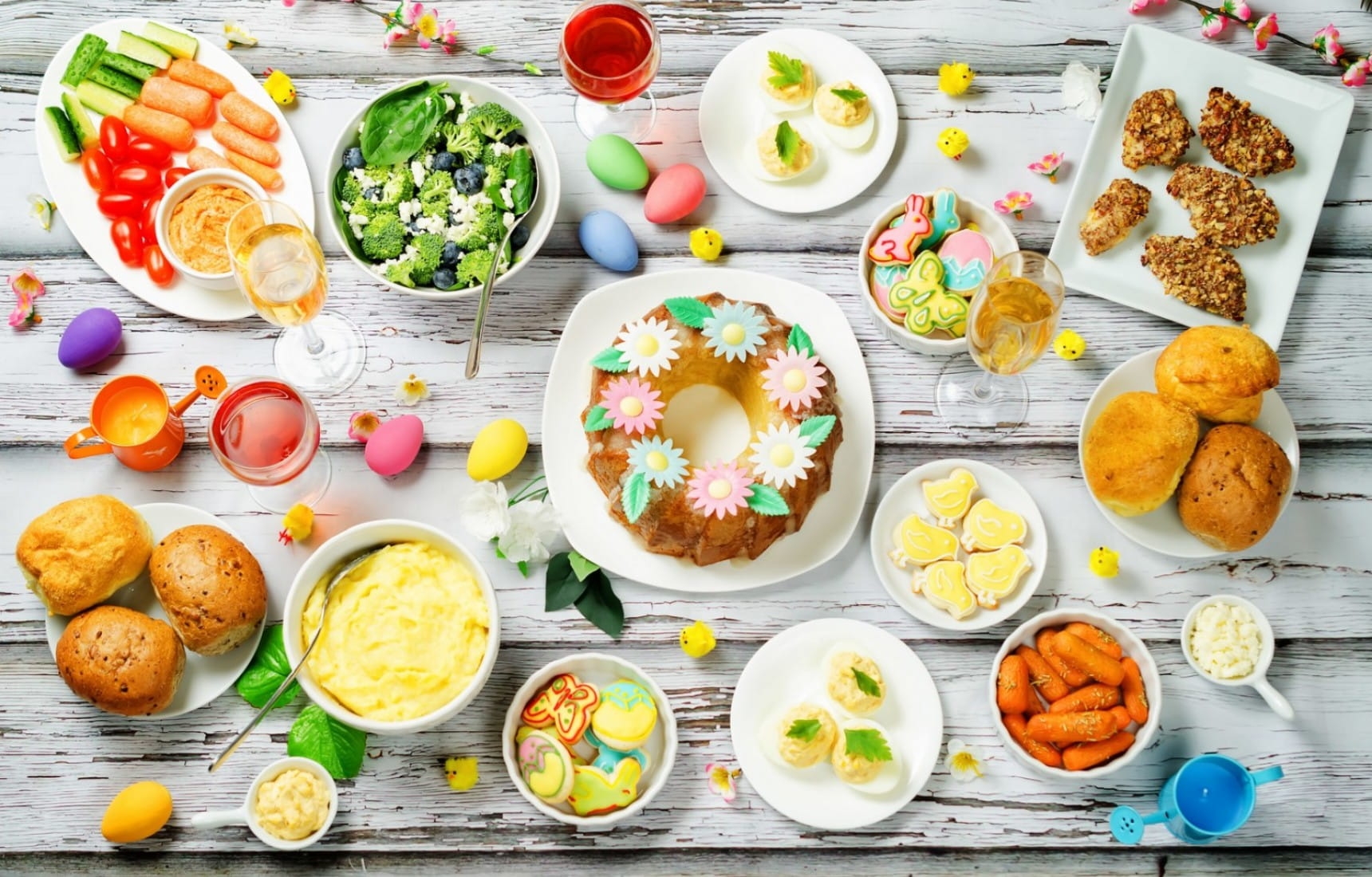 |
| Photo: matchingfoodandwine |
Food is a big part of the Easter celebrations in the UK with family and friends getting together for Easter Lunch. The most traditional dish is roast lamb which is often followed by a Simmel cake and lots of chocolate eggs. Tables will be filled with spring flowers such as daffodils, white lilies, and tulips, and yellow and gold often feature heavily in decorations, Royalscotsclub reported.
Why do we go to church at Easter? When did Easter church services first begin?
In the northern hemisphere, each year the end of winter’s darkness was met with excitement over the coming of spring’s light. By the Middle Ages, it was only natural to celebrate the resurrection of Jesus at this seasonal time, with religious services mirroring the changes.
During the three days of Holy Week leading up to Easter Sunday – named the Triduum – the medieval populace would spend a vast amount of time attending church and for the duration of this holiest period in the Christian calendar. The midnight/early hour offices of Matins and Lauds (essentially, morning prayers) were combined and pushed to a more convenient time on preceding evenings so that worshippers could attend an unforgettable liturgical event named Tenebrae (Latin for ‘darkness’ or ‘shadows’).
Tenebrae services were a solemn affair: they centered around the gradual extinguishing of candles set upon a candleholder known as a hearse, in commemoration and prolonged meditation of Christ’s suffering – only the central candle remained lit, representing Christ as the light of the world.
Easter Sunday service then commenced at dawn, with the congregation gathering outside the church for hymns before entering for a joyful Mass. Dismissed in grace and forgiveness, worshippers filed out to begin celebratory feasting.
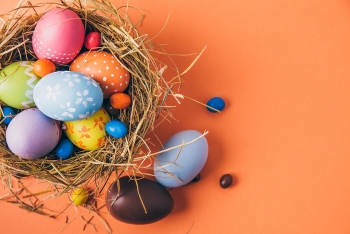 Happy Easter Day: Great Message, Inspirational Quotes and Best Wishes Happy Easter Day: Great Message, Inspirational Quotes and Best Wishes Easter is a Christian festival that celebrates the resurrection of Jesus Christ. Send your family members, your friend and your love best wishes by Easter ... |
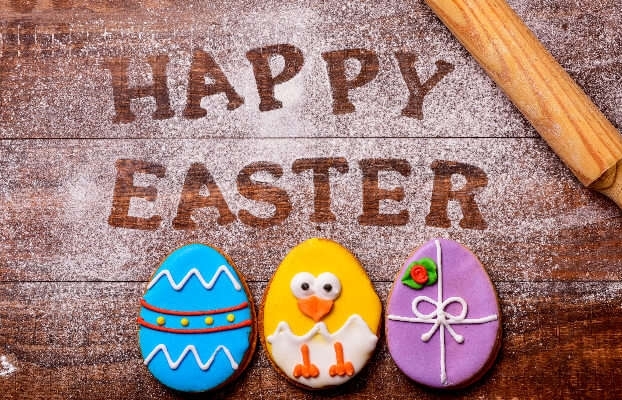 Happy Easter: When is Easter observed & How to celebrate! Happy Easter: When is Easter observed & How to celebrate! Easter is the most important Christian festival of the years, which celebrates the resurrection of Christ. However, Easter is observed on a different date each ... |

